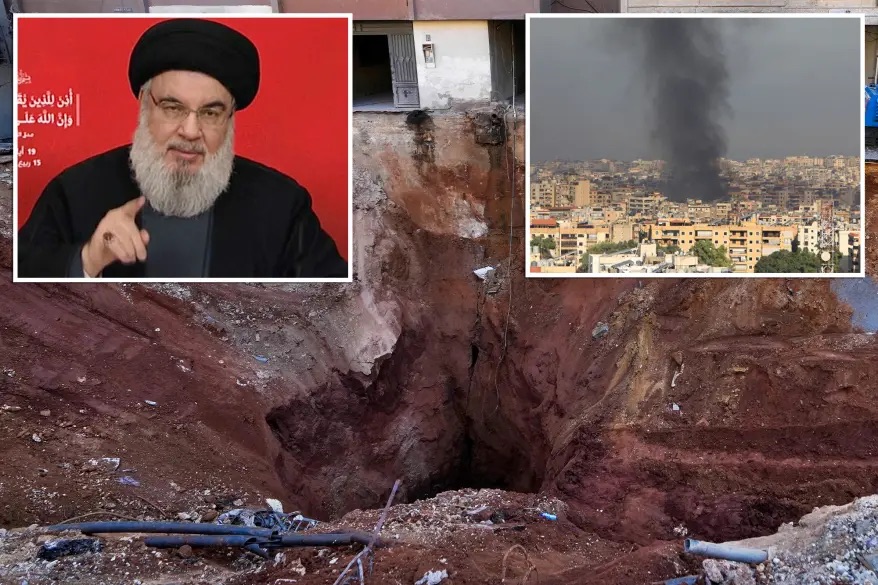The airstrike that resulted in the death of Hezbollah leader Hassan Nasrallah was the culmination of a years-long operation by the Israeli intelligence agency Mossad. This extensive effort successfully penetrated Nasrallah’s entire network, allowing Israeli forces to track him to his underground command center in Beirut.
On Friday, September 27, the Israeli military deployed 80 tons of specialized bunker-busting bombs to demolish the heavily fortified bunker, ultimately killing Nasrallah.
According to a report by the Financial Times, Nasrallah’s death was a key objective for Israel during the attack. Unbeknownst to him, Israeli intelligence had closely monitored the movements of Hezbollah’s leadership through years of hacking and surveillance efforts.
After several unsuccessful attempts to eliminate Nasrallah during the 2006 war, Israel’s Military Intelligence Directorate (Aman) developed strategies to penetrate Hezbollah more effectively. Significant advancements were made in 2012 when the militant group sent fighters to Syria to support President Bashar al-Assad during his civil war.

Former Israeli intelligence officials and Lebanese politicians revealed to the Financial Times that the conflict in Syria provided a wealth of information, as Hezbollah frequently published details about its slain fighters, exposing their personal information.
This new intelligence enabled Israel to create detailed profiles of Hezbollah operatives, including the senior leaders who attended the funerals of fallen fighters. Israel subsequently began hacking into the group’s communication devices, allowing spies to track the precise movements of Hezbollah members, sometimes using their wives’ cell phones. Additionally, Israeli operatives monitored Hezbollah leaders by hacking surveillance cameras in Lebanon and even tracking their vehicles’ odometers.
As a result, Israel discovered that any deviation from Hezbollah’s usual routines signaled an impending attack. “They went from being highly disciplined and purists to someone who, in defending Assad, let in many more people than they should have,” said Yezid Sayigh, a senior fellow at the Carnegie Middle East Center. He noted that this complacency and arrogance coincided with a shift in the group’s membership, leading to a decline in discipline.
Israeli Prime Minister Benjamin Netanyahu described the killing of Nasrallah as necessary and potentially a “historic turning point” for the Middle East. Following Nasrallah’s death, Iran’s Supreme Leader Ayatollah Ali Khamenei was moved to a secure location.
While Netanyahu was in New York delivering a speech at the United Nations, he authorized the strike to eliminate Nasrallah. Israel had been planning the operation for months, developing bombs with timed explosions designed to penetrate deep into the earth, as reported by the Wall Street Journal.
Although Hezbollah did not disclose the circumstances of Nasrallah’s death, Lebanese medical and security sources informed Reuters that he had no direct wounds and likely succumbed to blunt force trauma from the blast, with his body recovered intact on Sunday.
